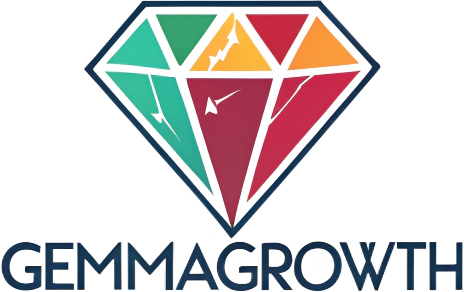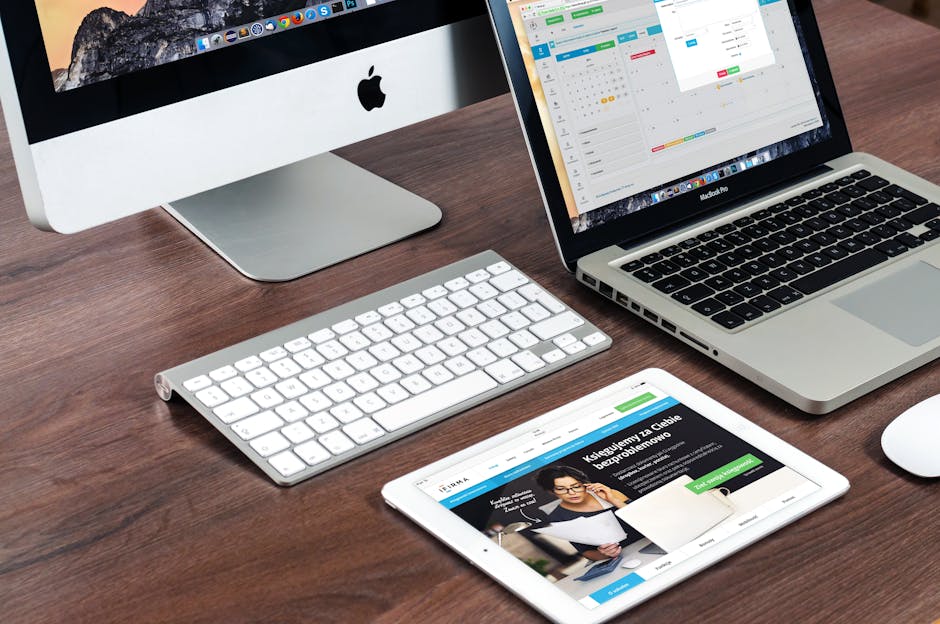Unleashing Creativity: The Transformative Power of Graphic Design
In a world increasingly dominated by visual content, graphic design has emerged as a critical element for brands, businesses, and even personal projects. But what exactly is graphic design, and why is it so essential?
Graphic design is more than just putting images and text together; it’s a form of communication that uses visual elements to convey messages. From creating captivating logos that embody a brand’s identity to designing user-friendly websites that enhance the online experience, graphic design plays a vital role in how we perceive information.
One might wonder how graphic design impacts our daily lives. Take a moment to consider the brands you engage with daily. Whether it’s the sleek aesthetic of your favorite tech gadget or the inviting packaging of that artisanal snack you can’t resist, these are all products of thoughtful graphic design. The colors, typography, and layouts are meticulously crafted to evoke emotions, establish trust, and encourage action.
However, not everyone has the budget for a high-end design firm. Enter the realm of budget-friendly graphic design options. Many tools and platforms today empower individuals and small businesses to create stunning visuals without breaking the bank. Websites like Canva and Adobe Spark offer user-friendly interfaces, allowing anyone, regardless of their design experience, to craft impressive graphics. With a little creativity and exploration, you can produce professional-looking designs that captivate your audience.
If you’re looking to invest in graphic design but are concerned about costs, it’s important to recognize the difference between luxury and affordable choices. Luxury graphic design often comes with a price tag that reflects the designer’s expertise, experience, and the unique vision they bring to the table. On the other hand, affordable options may sacrifice some customization but can still yield impressive results. It’s essential to evaluate your specific needs and budget before deciding which route to take.
Eco-friendliness is another growing trend within graphic design. As consumers become more environmentally conscious, the demand for sustainable design practices has risen. Designers are increasingly adopting eco-friendly alternatives by using recyclable materials for printed graphics and opting for digital designs that reduce paper waste. Choosing a designer who prioritizes sustainability can not only enhance your brand’s image but also resonate with your audience’s values.
For those feeling adventurous, a DIY approach to graphic design can be incredibly rewarding. With numerous online tutorials, courses, and design communities available, anyone can learn the fundamentals of graphic design. Platforms like Skillshare and Udemy offer classes that cater to beginners and advanced learners alike. This approach not only saves money but also gives you complete control over your creative vision. Just remember, patience is key—your first designs might not turn out exactly as you envisioned, but practice makes perfect.
Unconventional uses of graphic design are also emerging, with brands looking to create immersive experiences. From interactive infographics to augmented reality packaging, designers are pushing the boundaries of how graphic design can engage and connect with audiences. By incorporating elements of storytelling, brands can transform their visuals into narratives that draw people in and leave a lasting impression.
Moreover, graphic design plays a significant role in productivity. Effective visual communication can streamline workflows and enhance collaboration within teams. Clear and engaging visuals can simplify complex information, making it easier for teams to understand and act on ideas. Infographics, for instance, are a powerful tool for conveying data in an accessible manner, helping to drive informed decision-making.
Lastly, let’s not overlook the psychological impacts of graphic design. Colors evoke emotions, shapes influence perceptions, and layouts can alter the way we engage with content. Understanding the psychological aspects of design can enhance your messaging and help create a connection with your audience. For instance, warm colors might convey energy and enthusiasm, while cool tones can evoke calmness and trust.
In conclusion, graphic design is an ever-evolving field that offers endless possibilities for creativity and expression. Whether you choose to invest in professional design services, utilize budget-friendly tools, or embark on a DIY journey, the key is to stay true to your vision and message. The world is your canvas—embrace the transformative power of graphic design and watch your ideas come to life!

